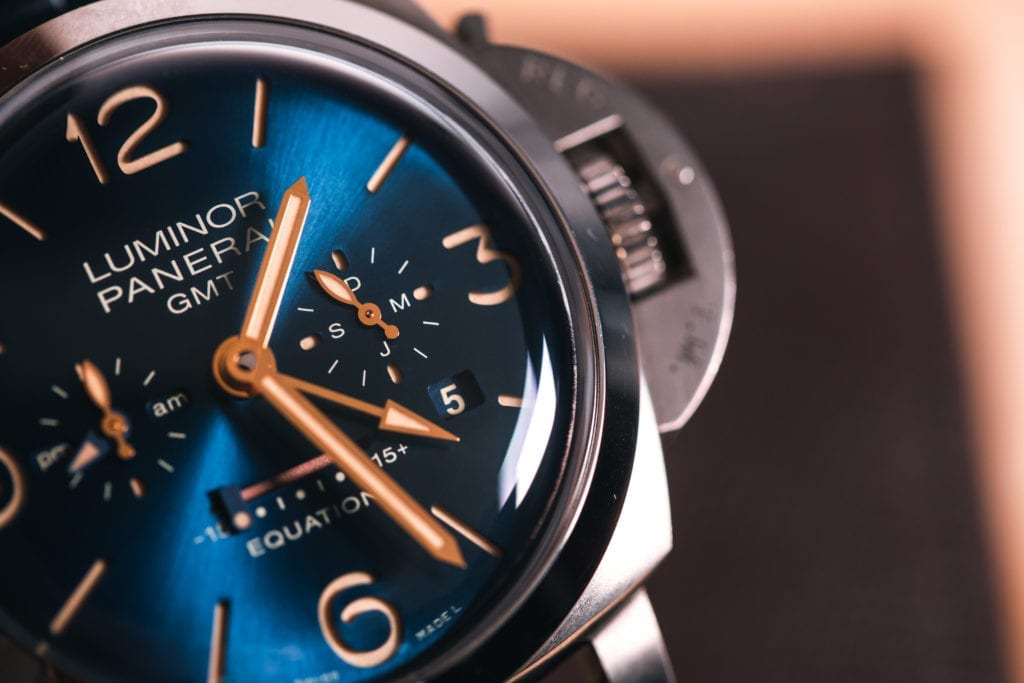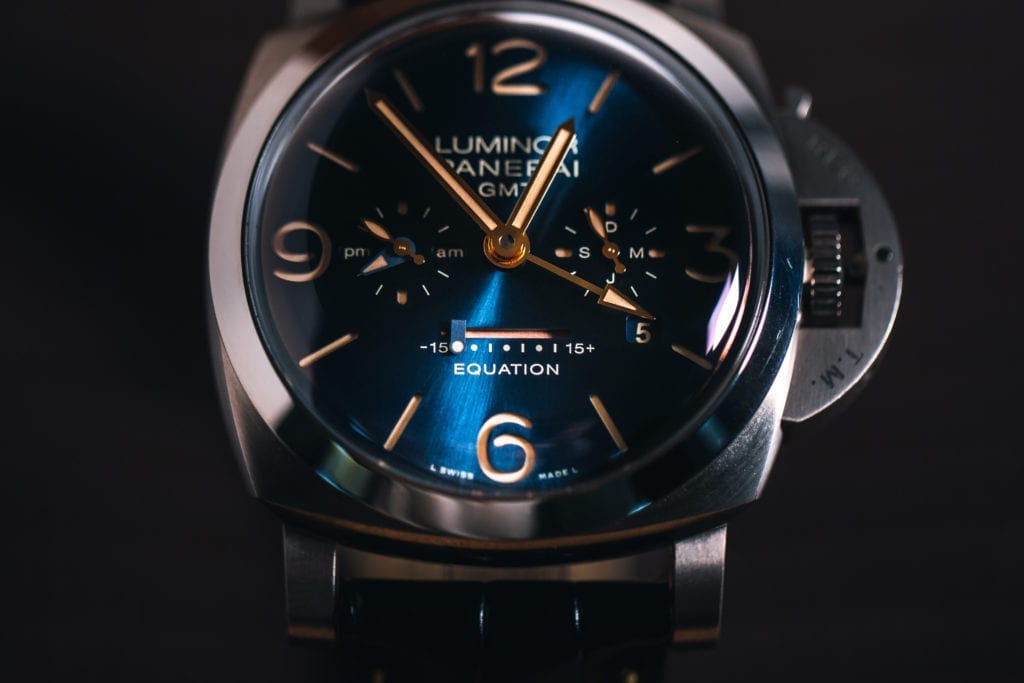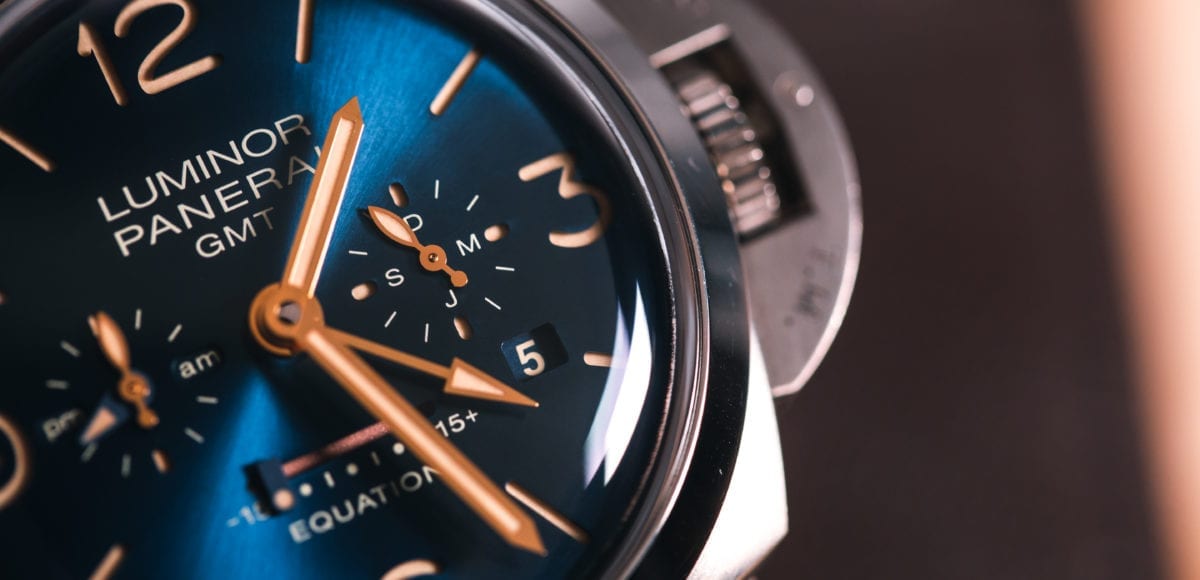The Truth about Time
One of the most intricate and rare complications in watchmaking is the equation of time. Only the most complex astronomical watches display this sophisticated mechanism. In the most basic terms, here’s how we can explain the equation of time. It’s the difference between true solar time and mean or average solar time. Or, the difference between the actual position of the sun and the time displayed on any modern clock or watch. Now, let’s dive deeper into this unique and elaborate complication.

We all know the basics of earth’s journey around the sun. Its axis is tilted perpendicular to the equator, and it follows an elliptical orbit. As a result, true solar time – the difference between the two true noons or points when the sun is highest in the sky – is not always the same length. In fact, it’s only exactly twenty-four hours four days each calendar year, which occur in March, June, September, and December. Every other day is either shorter or longer by an average of fifteen minutes in either direction. The shortest day occurs in November and the longest in February. This difference is the equation of time.
Improving Precision in Timekeeping
The history of the equation of time dates back to the fifth century AD. Then, people first began to realize that solar time didn’t always match up to their early timekeeping devices. However, it wasn’t until nearly 1200 years later in the mid seventeenth century that things began to evolve. Watchmaking had started to advance with the development of new technologies, and timekeeping became more precise. Now, people were able to begin accurately measuring the difference between true and mean solar time.

The first use of the equation of time in watchmaking was in clocks. First, there were longcase clocks. These came equipped with a set of equation tables that allowed the owner to calculate the equation of time. Next, clockmakers integrated the technology into the timekeeping device in the form of equation clocks. Later on, watchmakers miniaturized this complication and incorporated it into pocket watches. Finally, by the twentieth century, the equation of time appeared in the first wristwatches.
Incorporating the Complication into Today’s Watches
In modern watchmaking, the ability to illustrate the equation of time has vastly improved. There are two primary ways watchmakers indicate the difference in timepieces we see today. The first is through a sweeping subdial with a hand that displays from minus sixteen to plus fourteen minutes. The subdial operates by means of a cam mechanism that makes one complete rotation each calendar year. Then, the finger of a spring-loaded lever interprets its profile. This moves the position of the equation indication on the subdial. With this method, the wearer must then perform some simple mental math, adding or subtracting to calculate the difference.

The second approach is in fact simpler to use but subsequently more challenging to produce. It involves two co-axial direct-reading solar minute hands. One shows mean solar time and another shows true solar time. This system also uses a cam mechanism. However, because the equation of time changes depending on location, custom cams are required for different parts of the world.
Panerai and the Equation of Time
The Panerai Luminor 1950 Equation of Time 8 Days is one example of the latter. In this model, Panerai couples the impressive equation of time complication with a second time zone display with AM/PM indicator. Despite these additional features, the model maintains the profile of watches in the 1950 collection with a 47mm case. Yet, it remains lightweight with a titanium construction. It also offers a view of the movement in all its glory through the sapphire caseback. The Luminor 1950 Equation of Time 8 Days houses the brand’s in-house P.2002/E caliber. It provides an eight-day power reserve, which is useful in accommodating the watch’s complex functions.

Get More Articles Like This in Your Inbox
We're constantly creating great content like this. So, why not get it delivered directly to your inbox? By subscribing you agree to our Privacy Policy but you can unsubscribe at any time.






